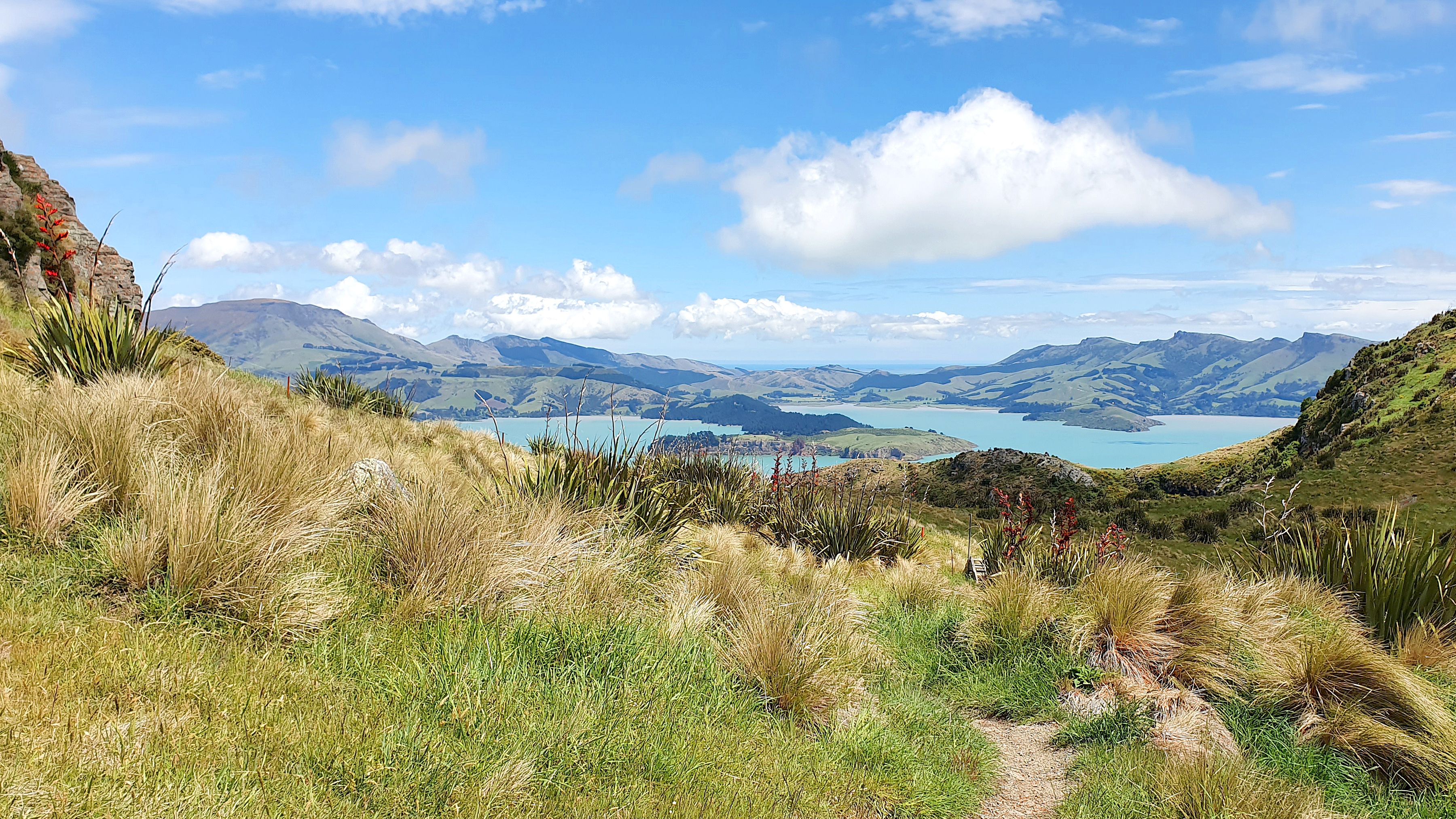

When designing the LYTTELTON logo the yellow accent colour didn’t happen by chance. We wanted our logo colours to reflect the history and environment that surrounds us. The deep golden yellow colour was selected to reflect vibrancy; and to represent the kōwhai flower - ideal for attracting wild birds to the Port Hills.
Tūī, one of country's most beloved songbirds, used to reside in the Port Hills until around the 1990s. Their numbers had been declining due to substantial deforestation of the region, leaving the birds with little food resource or place to live.
Around 2020, ecologist Laura Molles, helped to reintroduce more than 70 tūī to Banks Peninsula. After months spent gorging themselves on kahikatea fruit in the Hinewai Reserve, the tūī population moved on and based itself around Akaroa. Each breeding pair of tūī need one or two hectares of continuous forest to feed through the breeding season.
Lincoln University senior ecology lecturer Jon Sullivan, says there needs to be a shift in how people see their parks and gardens, to entice tūī back into the region. In terms of planting, less more, more natural is the key. Nature doesn’t want gardens to be super tidy.
For tūī to nest, they look for somewhere safe that is not going to found by a rat. They seek out big, complicated trees with twisted branches, to make it harder for predators to reach the nest. Complex and messy trees are excellent hosts for invertebrates to live. These make a great food source for the wild birdlife.
Jon Sullivan believes that anyone with a backyard could help, so long as they are willing to lay off the manicuring. “Especially if you have a whole neighbourhood that starts moving in that direction, suddenly you are getting to the point where you have enough habitat for some birds to start nesting.”
The secret of getting ahead, is getting started. The secret of getting started is breaking down the task into smaller more manageable tasks. And then starting on the first one.
Encouraging wild bird life, starts with the plantings to attract them. Tūī are mainly nectar feeders, which is why you will see them drinking from blooming kōwhai trees when they are out in bloom. We can all help to encourage wild birds, like tūī to the area by planting varieties of native plants like kōwhai and flax which both attract both tūī and bellbirds.
Here at LYTTELTON for every home sold the new home owner will be gifted a kōwhai tree to plant in their backyard, to help turn the tide on the effects of deforestation, and to welcome back the bird song.
Learn more about the Tūī project and Port Hills, via these links: